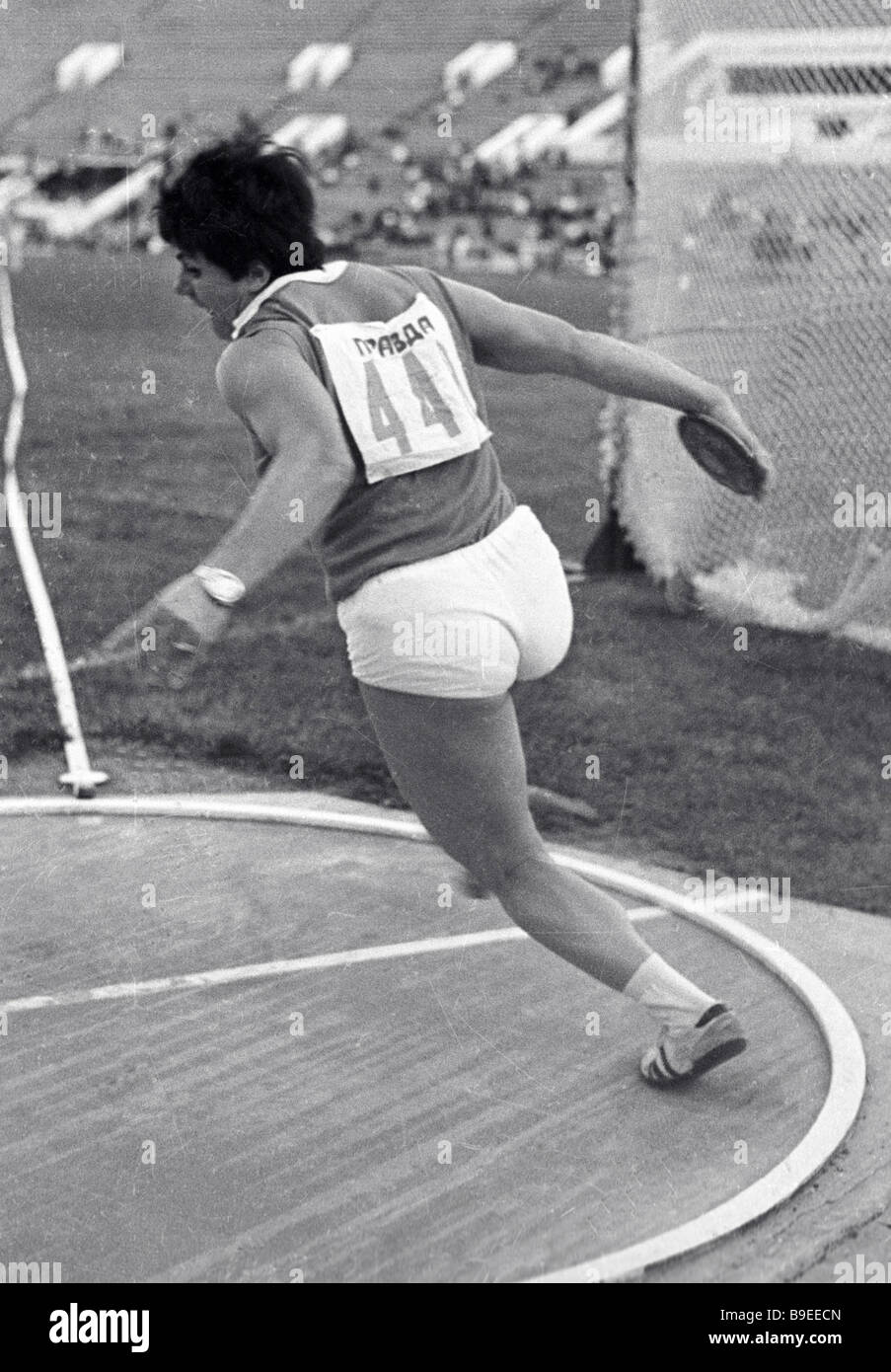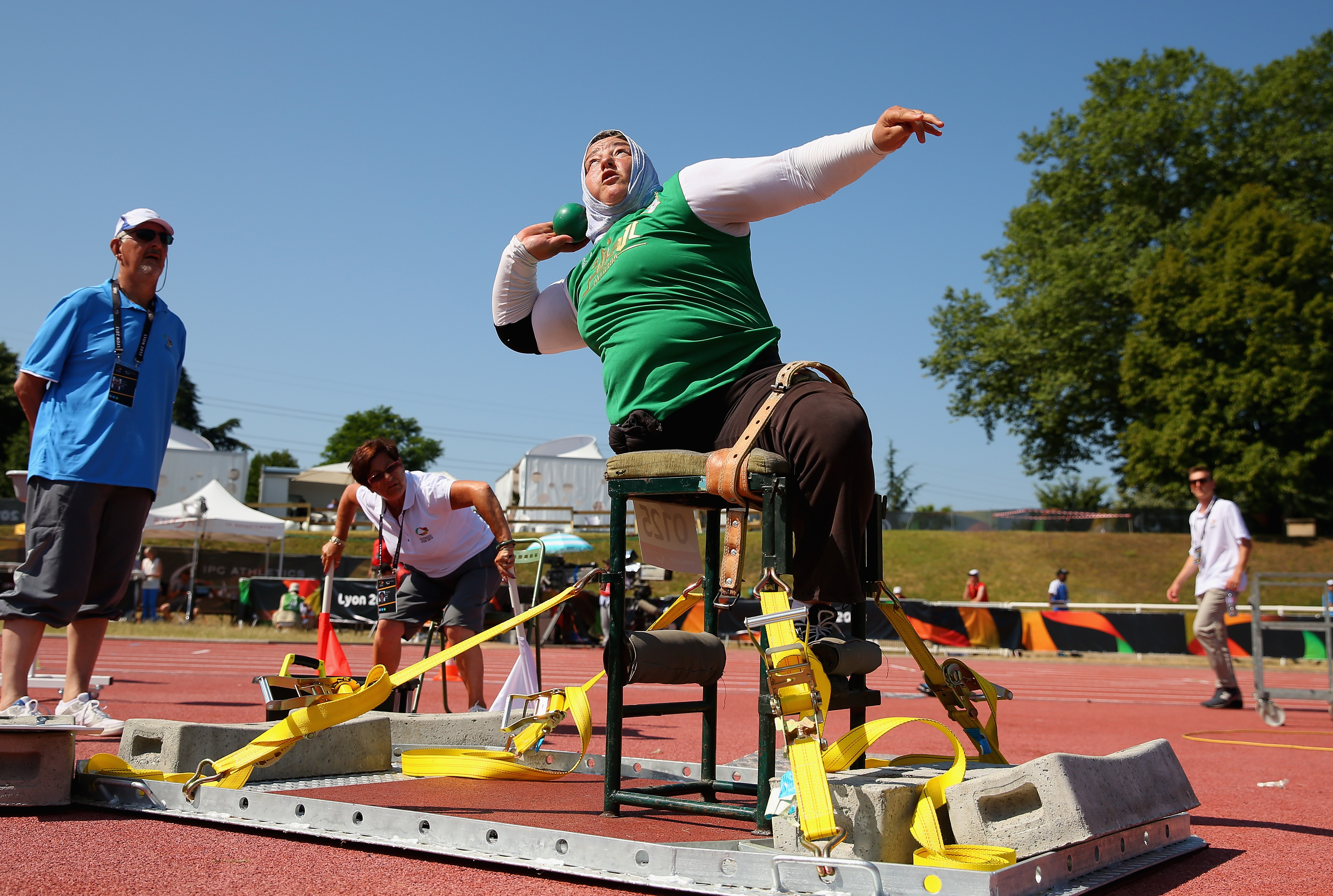

After a 1932 national championship, that 1941 finish is highest in Hoosier history. He finished second in the shot put at 51-4, helping Indiana to second in team standings behind Southern California. It might be going yet - and my, it sure felt good. “Gosh, I don't know how far it woulda gone. “Boy, if I hadn't thrown that one into the wind, it woulda gone 180 feet,” Harris told the Oakland Tribune. Then came his record-setting 174-8 (53.26 meters) in round 3 - his only official measurement, including finals the next day - and repeat NCAA title. In qualifying, he opened with a throw of about 162 feet, followed by 163 feet. soil.Īt the 1941 NCAAs, there were few witnesses to Harris’ world record because long throws were held at Angell Field, outside Stanford Stadium. In 1941, his discus throw of 174-1 (53.06 meters) was four centimeters off Schroder’s world record and the farthest ever on U.S. In track, he won Big Ten titles in the shot and discus in 19. In football, Harris was a second-team All-Big Ten end. Lash broke world records held by Finland’s Paavo Nurmi and was labeled America’s first great distance runner by Sports Illustrated.ĭoyel: IU track star Don Lash chased rabbits, Olympic gold and bad guys, and then chased his dream According to the Indianapolis Recorder, the African-American newspaper, Harris picked IU because it was Don Lash’s school. Harris was not credited with a world record but did merit this headline in the June 21 edition of The New York Times: “Harris Shatters Discus Standard.” His distance of 175 feet, 8 inches exceeded the ratified world record of 174-2, set by Willy Schroder of Germany in 1935. He did so as a guest because he was not registered in the AAU district holding the meet. In the state AAU meet June 26, 1937, at Passaic, N.J., soon after high school graduation, he threw the discus. Oddly, he threw the discus farther than the world record four years before he was credited with doing so. In late afternoon, with the beach emptied out, he would practice throwing the discus and shot before a crowd gathered along the boardwalk. He spent summers working as a lifeguard on the Ocean City Beach Patrol. Olympic Trials at Randalls Island, N.Y., but missed making the cut to six finalists by seven inches in qualifying. As an 18-year-old senior, he competed in the 1936 U.S. He lettered in football, basketball and track in high school from 1933-37 and broke state records in the shot put and discus. Harris, born July 3, 1918, in Urbanna, Va., relocated with his family to Ocean City, N.J.

Racial discrimination kept him from his goal of becoming a commercial pilot, so he served as a physical education teacher at the Harlem YMCA until his death at age 47. Indeed, Harris - also a Hoosiers football player and later a Tuskegee airman - was the first Black athlete to set a world record in a throwing event. If the name is unfamiliar, that can be attributed to the fact World War II deprived him of Olympic glory.Įighty years ago, Harris became the first and only Black athlete to set a world record in the discus, doing so in winning a NCAA championship held at Stanford. Two pioneering Black athletes at Indiana University were basketball player Bill Garrett and football quarterback George Taliaferro.īut several years before they arrived at IU, there was another: Archie Harris.


 0 kommentar(er)
0 kommentar(er)
